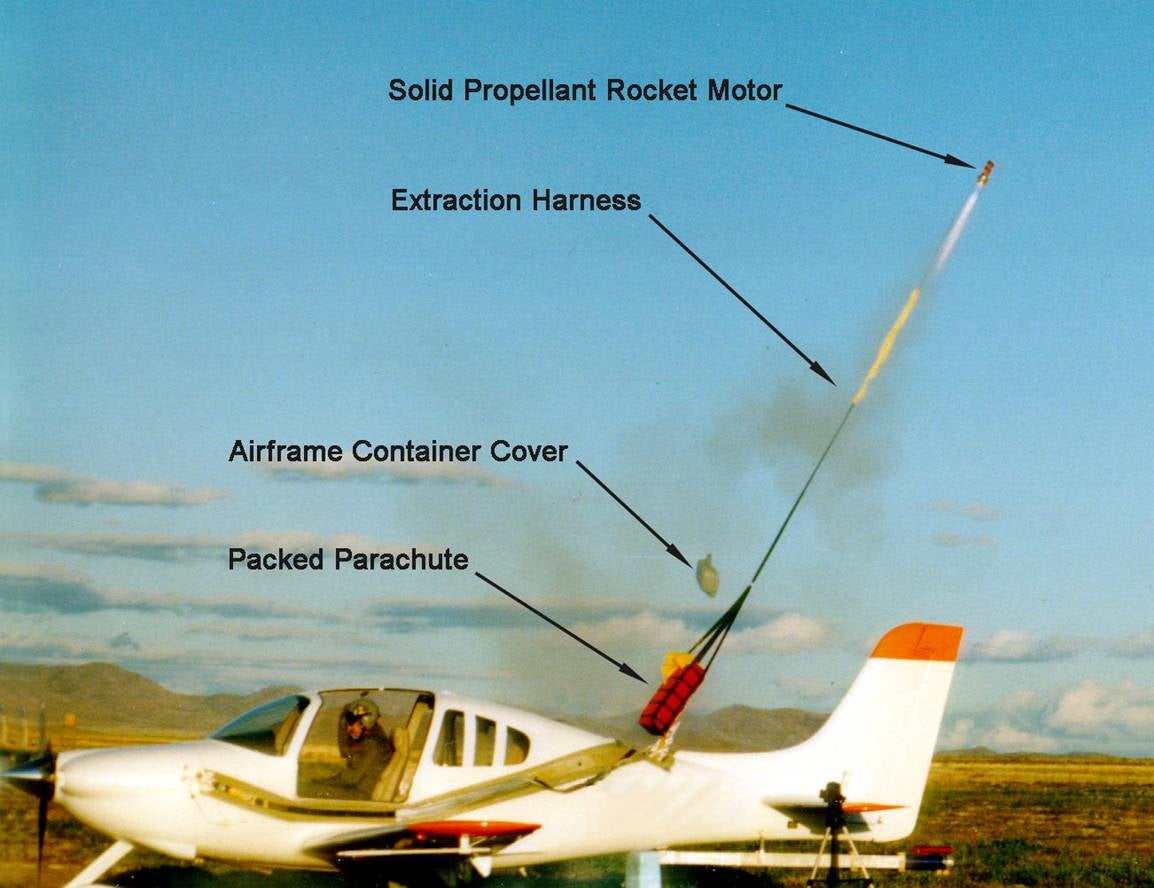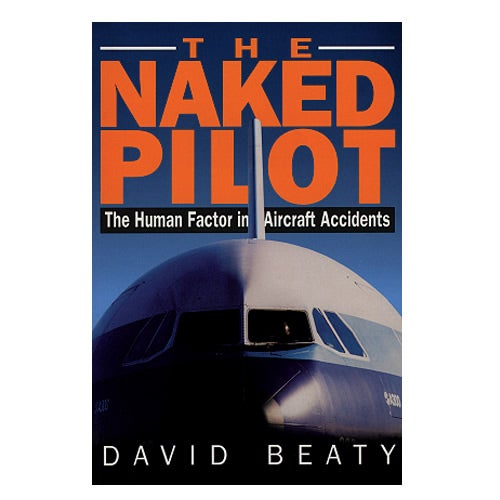 "No, I don't thank you for the fish at all" (notindetroit)
"No, I don't thank you for the fish at all" (notindetroit)
01/27/2014 at 22:06 • Filed to: Planeopnik, Aviation Safety
 4
4
 4
4
 "No, I don't thank you for the fish at all" (notindetroit)
"No, I don't thank you for the fish at all" (notindetroit)
01/27/2014 at 22:06 • Filed to: Planeopnik, Aviation Safety |  4 4
|  4 4 |

On December 17, 2004, three people - a young woman and two men - boarded a Cessna 421 at Centennial Airport in Aurora, just outside of Denver, Colorado. The woman was actually looking to purchase the aircraft from the other two passengers and the intent of the flight was to simply take the aircraft for a little spin around the pattern (basically, just flying around the airport real quick and then land) just to show what kind of working order the plane was in. As it turns out, they discovered what kind of working order real quick. The Cessna 421 is a pressurized, twin-engine aircraft optimized for high-altitude, slick flight with the very unusual feature of having geared engines - in the hands of someone who knows what he or she is doing, it's as safe as any other airplane. But the complexity of a pressurized twin-engine aircraft - with geared engines no less - means there is a lot that can go wrong if something's left to fail. Centennial ATC received a call about engine trouble from the aircraft - then dived into the ground on the wing with the failed engine and cartwheeled. Everybody onboard the flight died post-crash, burned to death.
Right behind them was a pilot who was lining up on final approach behind them and witnessed the crash. He ended up giving the FAA investigators a detailed witness account. He was also a good personal friend of mine. He, I, and the young woman looking to purchase the plane were all from the same flight school.
!!!error: Indecipherable SUB-paragraph formatting!!! The funny thing about the "safety battle" is that it's a battle that can't be won - in fact, perhaps it's entirely wrong to even use the "battle" analogy in the first place. Can aviation become safer? Of course it can . Technology will continue to improve to keep moving the safety margin, even if it's only in fractions of a point. It won't contribute to improving an already near 0% death rate for airliner travel in the U.S. but it will contribute towards preventing things like !!!error: Indecipherable SUB-paragraph formatting!!! or !!!error: Indecipherable SUB-paragraph formatting!!! or !!!error: Indecipherable SUB-paragraph formatting!!! that cost passengers and businesses time, money, convenience and - here's the big thing - litigation. One could even argue that the safety margin is so high not only because organizations like the NTSB exist (which, by the way, is not a regulatory body and therefore cannot actually issue rules - that's strictly the purview of the Federal Aviation Administration or by act of Congressional legislation) but continue to exist, to see how well the current systems are working together.
!!! UNKNOWN CONTENT TYPE !!!
Can General Aviation get any safer? Yes - read the opening story above. Or even look at the picture up top, which is a demonstration of the Cirrus CAPS (Cirrus Airplane Parachute System) which is pretty much exactly what you think it looks like. There are a lot of factors that lead to the inertia of increased safety in General Aviation - the costs, the impracticality of policing everyone, and the simple nature of the airplane pilot-owner experience. Modern cars are reliable but you still see someone stuck by the side of the road on occasion, for whatever reason. General Aviation is just like that - except instead of pulling over to the side of the road, you die. Engines can suddenly quit, like in the example above. Planes may not be as well-maintained as what the records show, or an initial inspection suggests. Enhanced reliability can be designed into new planes but there isn't a lot you can do with older ones.
There is something that can be done, however, and that goes back to training. Despite the parachute, the Cirrus doesn't have a fatality rate any better than other aircraft. Many people think that the parachute actually contributes to a dangerous sense of false safety. Much of it boils down to how the Cirrus is still a high-performance aircraft, and the people crashing them are inadequately trained to fly them. Either way, even if it leads to a false sense of security, it's still a training issue - a good instructor and flight school is supposed to weed those attitudes out.
Instead, it's been my experience in my encounters that a few pilots, including if not especially some flight instructors, seem to scoff at attempts to make flying safer on the technology side. To be clear, these are still a minority of the flying/flight instructor population. The good ones will tell you to not rely on the technology and teach you when it's appropriate to use it. But I've encountered pilots who simply accept the increased risk and a "if you die, you die" type of attitude. These same pilots still perform all the typical safety precautions - wind conditions, the pre-flight checklist, you name it - but that doesn't remove the underlying impression of an inexplicably reckless attitude, especially coming from pilots like them.
So, no, the type of cost-prohibitive safety systems found in big Triple-Sevens shouldn't be forced upon your typical Cessna single-engine flier. But that doesn't mean that there aren't technologies that manage to filter down, or that the investment in those technologies isn't worth it, or that we've somehow "won" a "battle" that doesn't even have an endgame to begin with.
Image sourced from the Cirrus Manufacturer's Website
 Jayhawk Jake
> No, I don't thank you for the fish at all
Jayhawk Jake
> No, I don't thank you for the fish at all
01/27/2014 at 22:24 |
|
It all comes down to pilot training. Even if every plane has BRS, if pilots don't understand how, when, or why to use it, it won't help.
There are very few crashes that can't be avoided by proper training alone. But how do we get proper training to everyone? Unfortunately this is a difficult question to answer, if not impossible.
I think it would be wise for the FAA/NTSB/AOPA to work together to draft a structured, standardized pilot training program. Every pilot should be required to follow a program that includes scenarios these organizations deem vital to safety, and recurring training/proficiency checking should be mandated.
I'd be curious to know how accident rates look when you breakdown pilot background. Are the safety records much higher for pilots who learned to fly at a dedicated aviation school with a standardized flight instruction program? If the answer is yes, then you know where to start...
 M54B30
> No, I don't thank you for the fish at all
M54B30
> No, I don't thank you for the fish at all
01/27/2014 at 22:36 |
|
I saw a documentary about these plane chutes. Interesting concept, it'd be nice to see them be more common.
 Bad Idea Hat
> No, I don't thank you for the fish at all
Bad Idea Hat
> No, I don't thank you for the fish at all
01/27/2014 at 22:40 |
|

http://www.amazon.com/Naked-Pilot-Fa…
!!! UNKNOWN CONTENT TYPE !!!
I picked this up at Half Price Books. Great book on pilot error and all the factors that go into causing it.
 Turbineguy: Nom de Zoom
> No, I don't thank you for the fish at all
Turbineguy: Nom de Zoom
> No, I don't thank you for the fish at all
08/09/2014 at 10:59 |
|
Late to the conversation here...
I think we can never breed out the complacency or improper attitudes of some pilots - it's just part of their character. Doesn't always jive well with aviation with its inherent risks, but what are the options? Increased regulation? If the casual flyers are the ones bending airplanes then can the federales require more training?
The Nall Report says the 2013 GA accident rate has dropped significantly, but that could be due to fewer hours being flown. There were 283 fatalities in GA fixed-wing accidents last year. Compared to the 33k deaths on the roads (2012) it hardly seems significant, at least statistically. I read enough NTSB brief to know that the same things keep killing pilots. Fuel starvation, VFR flight into IMC, and engine-outs not handled well (like that 421 pilot you mentioned). As a CFI I know training will only do so much to fix this; it always comes back to attitude.